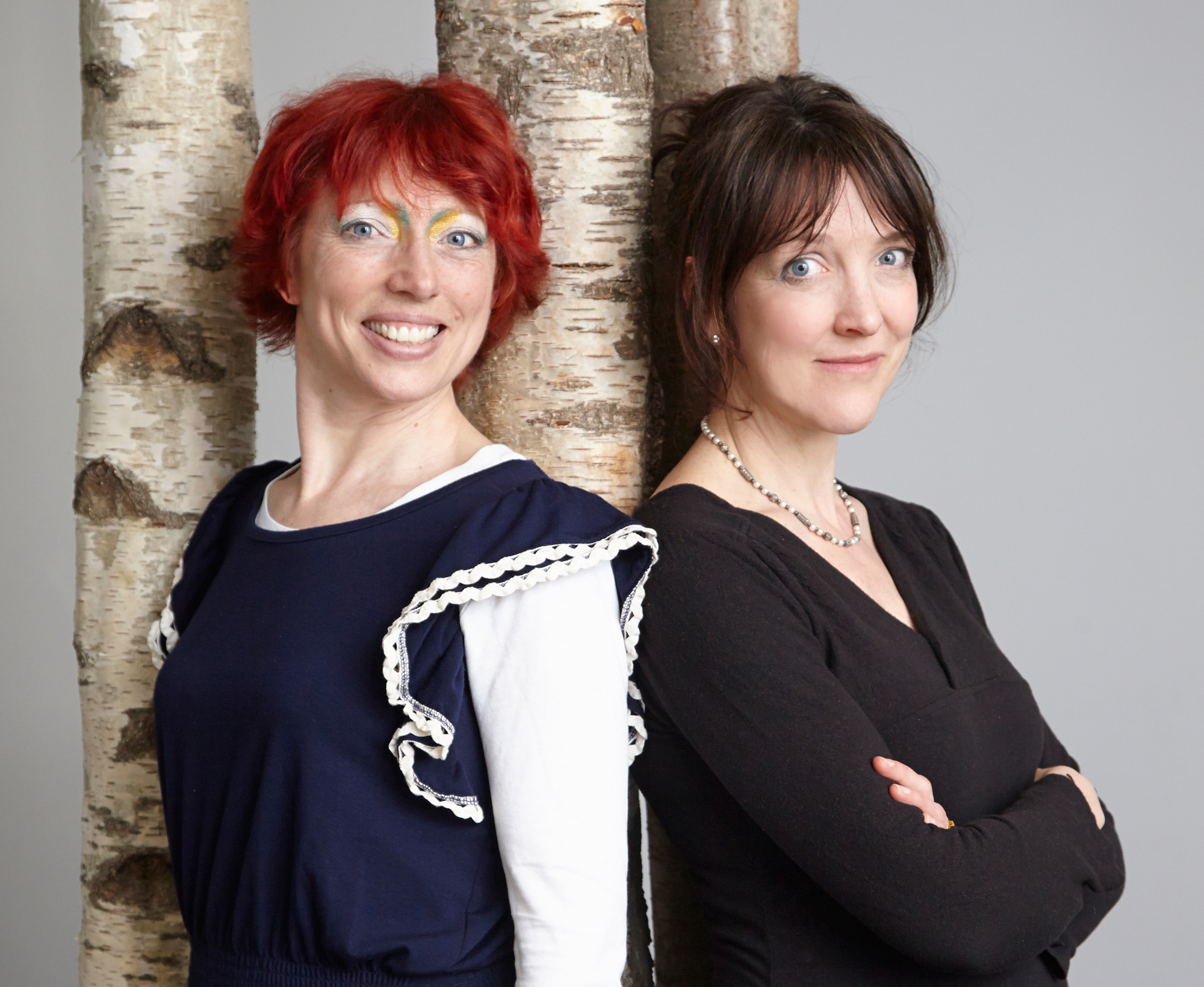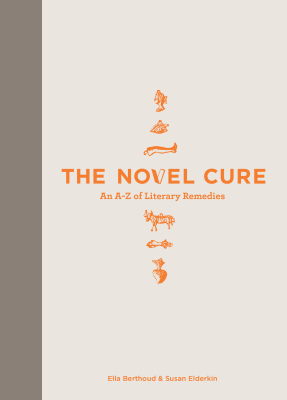When I first learned about bibliotherapy—the use of written works (usually fiction) as therapy—it instantly made sense. Just like someone recommending an album to help you weather a breakup, the right book at the right time can be a lifesaver—it can validate some struggle you’re experiencing or challenge you to view a stale situation from a new angle. Ella Berthoud (the smiling redhead above), a bibliotherapist at The School of Life, has made these spot-on “prescriptions” her life’s work; basically, she aims to help her clients solve their problems with a stack of books. Romantic, huh? Here, I chat with Ella about how she became a “book doctor,” what to expect in a bibliotherapy session, and a few great reading recs (how could I not ask?).
For those who don’t know, what does a bibliotherapist do?
A bibliotherapist cures life’s ills using literature. We mostly use fiction, but we also use literary non-fiction, poetry, and memoir and autobiography. We believe that many of life’s problems can be cured with a good dose of brilliant fiction.
How did you come to find yourself in this line of work?
I studied English Literature at Cambridge University, with my friend Susan Elderkin. We dreamed then of becoming Book Doctors. She became a novelist, and I became an artist. We continued to discuss the idea of curing people using literature over the years, and tried myriad cures on each other, our friends and family. Then we met Alain de Botton, just as he was starting The School of Life in London, and together we evolved the idea of bibliotherapy as a one-to-one service. We got talking about bibliotherapy, and decided it would be a great idea to make it into a service for the public. The most special thing about working there for me is that it is a brilliant platform for bibliotherapy for the world to launch from.
How does a typical bibliotherapy session go?
We send a questionnaire to the client, asking all about their reading loves and hates, their reading habits from childhood to the present day, and also about their current life circumstances. We ask if they have any major issues going on at present, and what they hope to be doing in ten years time. There are around 16 questions in total. They send the questionnaire back to us, filled in. We then have a Skype, telephone, or in-person session which lasts for 45 minutes. We go through the questions and answers in a lot more detail. By the end of the session, we have a very good idea of the person’s lifestyle and reading habits, and we give them one “instant” prescription. Then, within a couple of days, we send a full prescription of eight books, including the one we gave as an instant prescription, with reasons for why we are suggesting those books to them.
What’s an example of work that you’d prescribe for a particular mood?
For example, for bereavement, we often prescribe What I Loved by Siri Hustvedt. For a broken heart, we prescribe High Fidelity by Nick Hornby and Jane Eyre by Charlotte Bronte. For new mothers, we prescribe Going Gaga by Mel Gedroyc, and My Family and Other Animals by Gerald Durrell. But it always depends on the client and their reading habits and the kind of books they normally read.
What kind of people generally seek out your services?
All sorts, from people who are retiring, to people going on a gap year before university; people who are stuck in a rut, who want to change career, who are bereaved, who are about to have children, who have just had a baby and need to read to stay sane… people from all stages of life. One thing they all have in common—they love to read. Or they have a desire to read.
Is there a piece of writing that you recommend most frequently?
Several favorites: Jitterbug Perfume by Tom Robbins, The Year of the Hare by Arto Paasalinna, and Bel Canto by Ann Patchett.
Do you have a favorite “success story”?
A man in New York came to us when he was first becoming a father. I now talk to him once a month about the books he is reading, and have seen him through this very important rite of passage, leading on to his deeper and richer understanding of life, using literature alongside his experiences as a new father.
Did you read a lot as a child?
Yes. I even read on a ski lift! In the car, in bed, in the garden, everywhere… I was one of four, the youngest, and I loved reading, but I was also very active.
Can you remember your first therapeutic reading experience?
Yes—Rebecca by Daphne du Maurier. I was at boarding school, aged nine, and I remember escaping into the world of Manderley and knowing that it was a delightful escape from real life, that I would return to again and again, and I have over the years.
What’s your advice for someone who tends to read too many books at one time (like, perhaps, someone who co-runs a book website!)?
Set aside time once a week that is pure, uninterrupted reading time, with no interruptions allowed from phones or e-mail, etc. Read only one book at a time during that period—have a good two-hour session reading one book! If you finish a book in that time, start another!![]()

